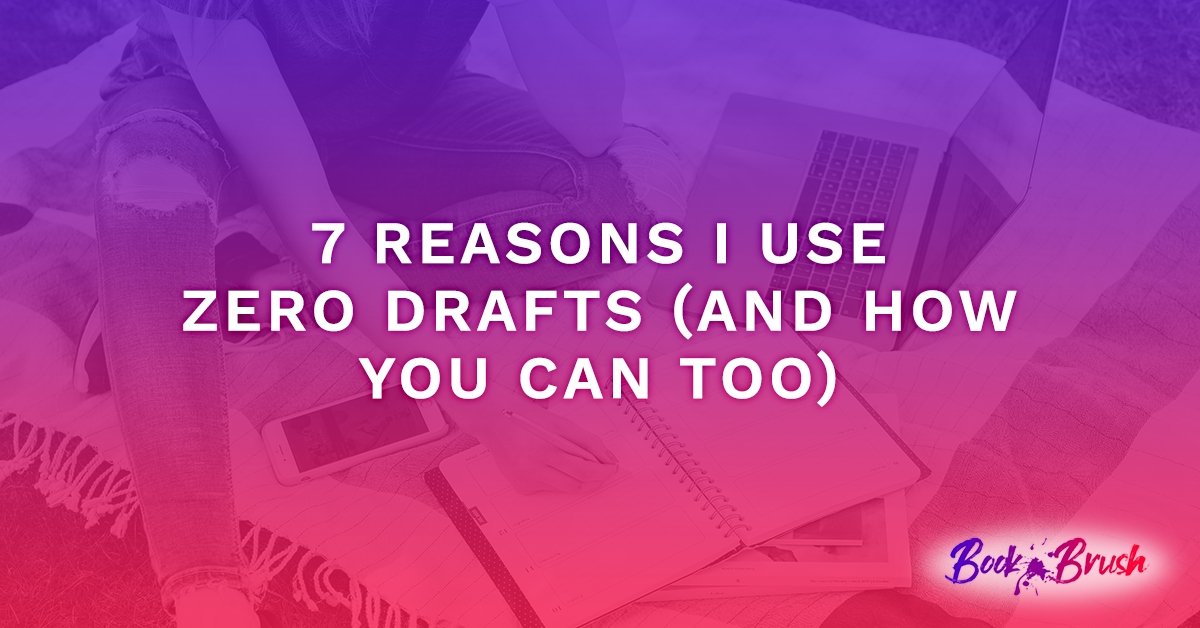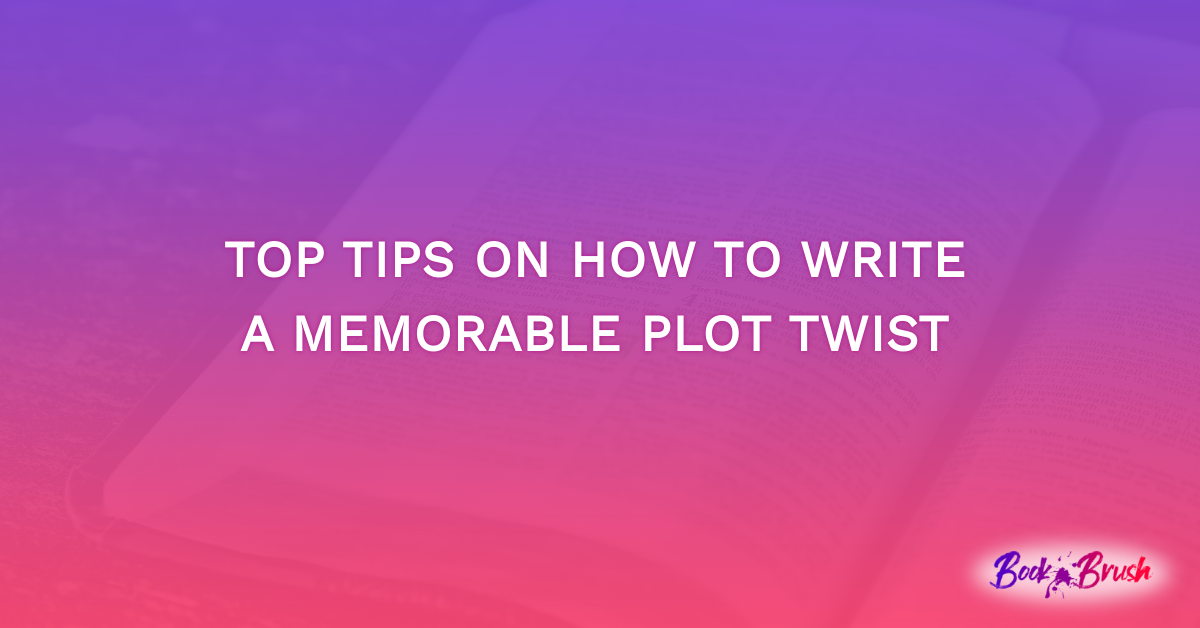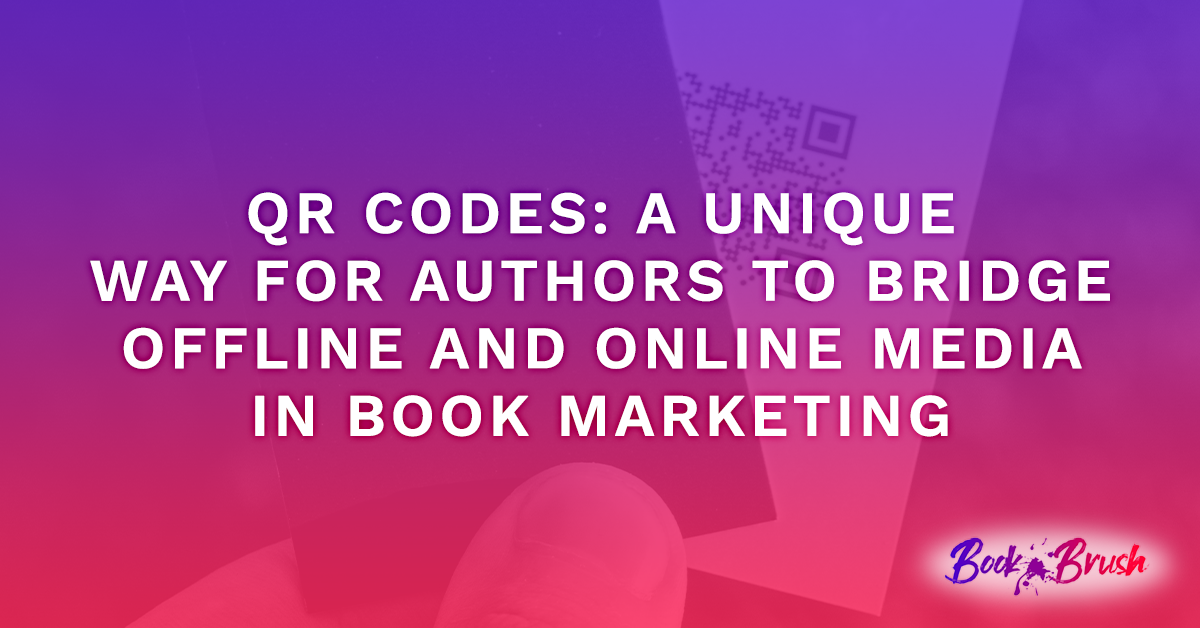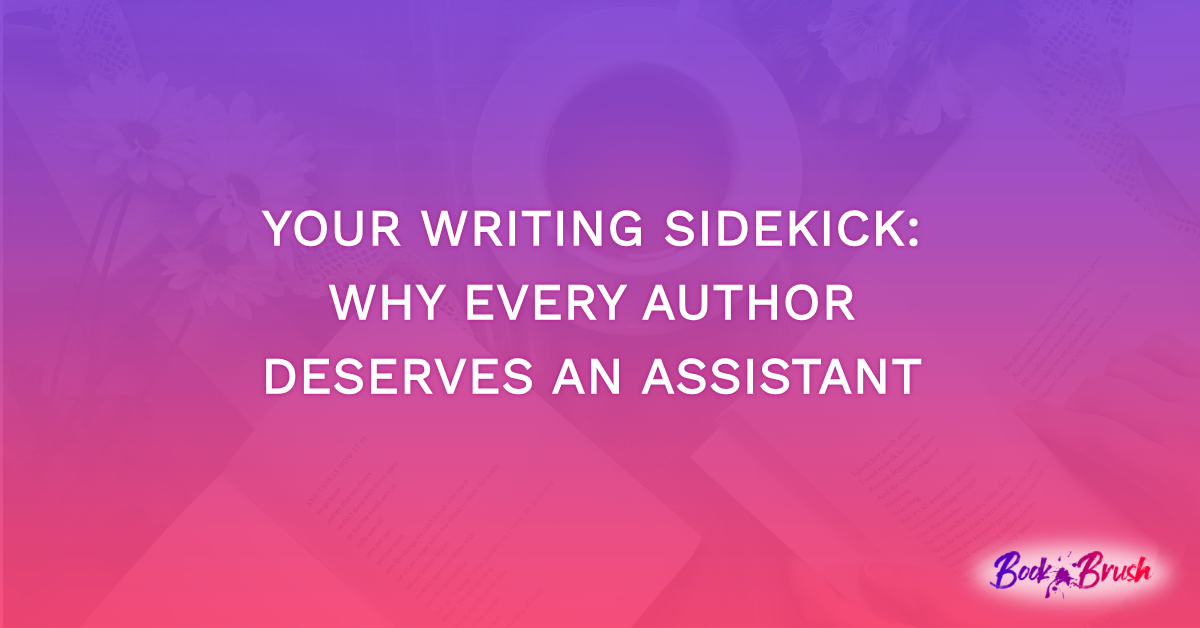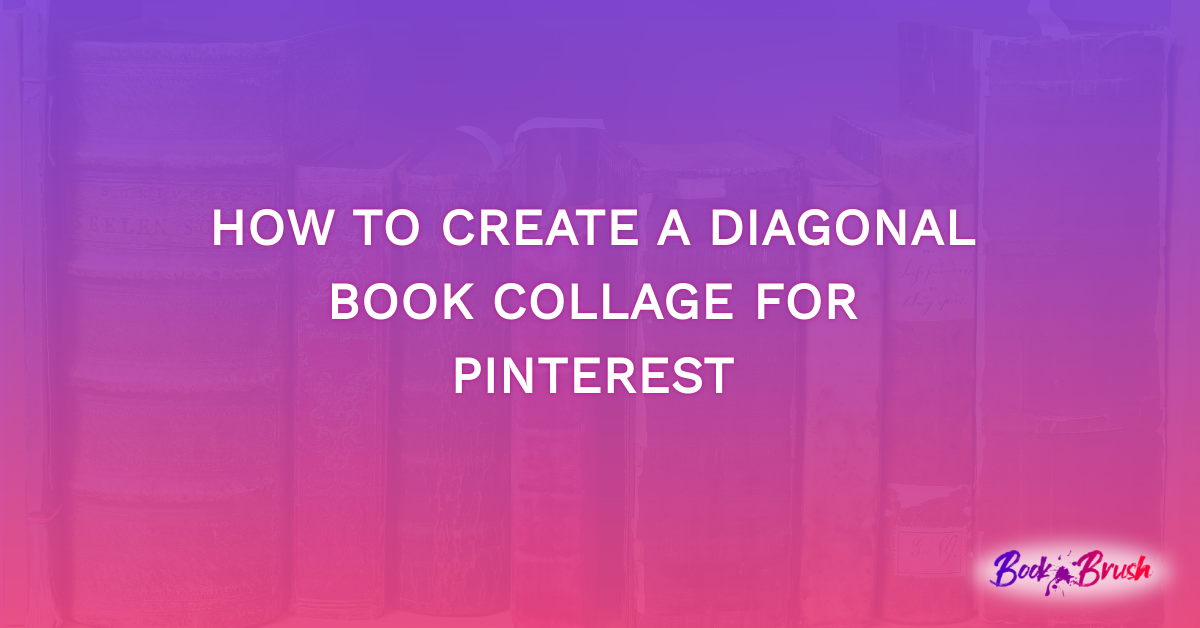If you have been in the writing community for any amount of time, you’ve probably heard a term circling around: zero drafting.
You’ve probably visited multiple websites, watched YouTube videos, and listened to podcasts, deciding you want to try it for yourself.
But! What exactly is a zero draft? How do you use them? Is there a specific or “right” way to write one?
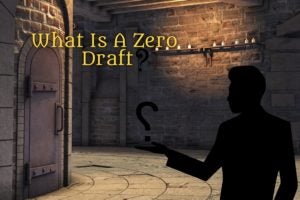
Image created with Book Brush
All good questions and as I love to do, I’m going to explain what I interpret as a zero draft and why I use them.
Disclaimer: I don’t ALWAYS use zero drafts. This is mostly due to strict deadlines and speed,
but when I’m working on a novel I know I’m indie publishing, I almost always do a zero draft.
What Is A Zero Draft?
Boiled down to basics, zero drafting is writing a rough draft (usually no longer than ten pages) of your novel, focusing on the very meat, rather than the details of your full story. It’s taking the scrappy details of your notes, outline, etc. and putting it into a somewhat readable, messily structured “draft” that gives you a better overview of the story.
Another way to look at it is freewriting your novel in a way that you see where it starts, moves into the middle, and ends. There’s no pressure to put in chapters, focus on subplots, or hashing out in-between scenes.
A question I get asked about my zero drafts is: where’s your dialogue?
Answer: yes!
Makes no sense, I know. But here’s why: dialogue is one of those “details.” Something we can refine and hash out later. We don’t have to have it to get a general idea of where we want to go. This is why I consider the zero draft the basic form – an artistic term – of a fully painted piece.
Let me explain: When drawing a new character design, I don’t dive into adding the eyes, nose, mouth, and other features to a character. Heck, I don’t even go past a general gesture until I can tell what’s happening in the piece. This often takes the shape of a simple stick figure or a mish-mash of hot mess. Instead, I focus on finding something readable.
That’s what a zero draft is! A sketch with words! Something no one but the author has to see. A playground!
Another great example of a “zero draft” is James Cameron’s initial script of Terminator 2: Judgement Day. He writes it in the form of a short story. There’s no fade ins, outs, etc. He’s hashing out the overall view, focusing on the BIG picture and not the minor details.
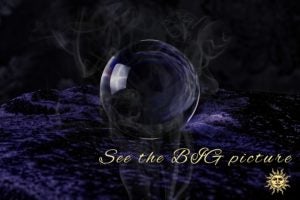
Image created with Book Brush
- Tip: You don’t have to write and ignore your zero draft. You shouldn’t! Update it as you would your outline! Doing so will keep your story level revision process a bit simpler. Keeping your zero draft up to date also maintains your big picture. Anytime you find a plot bunny, you can choose to add or eliminate the little bugger and continue working.
Now, I know what you’re probably thinking: “Blaise, I use______” or “Blaise, I’m a fly by seater.” And that’s okay. Fly by seaters are the folks who can greatly benefit from zero drafts BECAUSE of the messiness of them. It’s the same as sitting and writing a full novel! Just without the details!
Here’s Seven Reasons Why I Use Them:
1. They fill in outline blanks – I use Save the Cat or Romancing the Beat to plan my novels. But, like many outline methods, both of these have their downsides. Sometimes, especially in longer novels, the beats are spaced out and to keep pacing consistent and readable, we have to insert scenes between each beat. Zero drafting is wonderful for this! Without the details, I can focus on the scenes, creating a road map and filling in the blanks.
2. They give a broad look at the story – I know I’ve said this multiple times, but it’s really worth mentioning again! Zero drafts are worth their weight in gold when it comes to seeing the BIG picture of your novel. They’re often incredibly short and drafted in an hour or two.
When revising, the first level an author looks at – or should look at – is the BIG picture. If you took the time to zero draft – and kept your draft updated – the big picture is already laid out in front of you! And you can always go back to your zero draft when doing revisions.
3. They lay out a scene storyboard – Jessica Brody, the author of Save the Cat! Writes a Novel, gives one of the best tools in her writing master class: the storyboard. Basically, an author takes all their scenes, lays them out in front of them, and moves, adds, or eliminates the scenes based on needs. The zero draft does the exact same thing, but it does so before writing the novel.
Many times, when I zero draft, I’m able to catch trouble, weak, or missing scenes before writing. That takes up ALOT of work during the revision phase. Keeping my zero draft updated throughout the process further eases the pain.
4. They create a sense of structure and pacing – This is probably one of my favorite reasons for zero drafting. As a former fly by seater, structure and pacing were my two largest foes during revision. Since I’ve moved to zero drafting, my struggle with these buggers has lessened. I still have to tweak and fix them while revising, yet with each zero draft, I’ve seen changes in how much tweaking I’ve had to do.
This is another reason why I adjust my zero draft along with my outlines. Like the sketch gesture I mentioned above, I can see what is and isn’t working before putting all the effort into a full piece. The more prep you can do before writing, the way better your revision process is going to be.
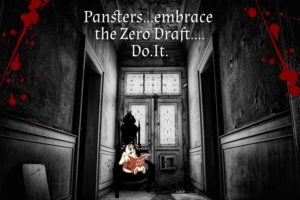
Image created with Book Brush
5. They make GREAT exclusive content – While the zero draft definitely doesn’t have to be shown, people LOVE to see where an author starts and goes in their process. I share mine with my subscribers, and they adore seeing them. Like beat sheets, zero drafts always change so sharing the before and after results is a great thing to offer as an incentive. You can also add them to your member’s only page – if you have one – on your author page.
6. Anyone can use them – Zero drafts aren’t only for planners or half-planners. ANYONE can use them at any stage! They’re versatile and adaptable to an author’s unique work style. They can be as short or as long as you want, though many authors recommend a page per 10K. For example, someone writing a 90,000 word novel would likely have a nine page zero draft. Since I usually write anywhere from 70 – 75K, my zero drafts are typically 7 – 8 pages long.
7. An author can insert themselves into the story – One thing I hear a lot in the community – and personally abide by – is how an author should never “insert” themselves into the novel. Well, this isn’t the case with zero drafts. Many authors make comments like “Poor [insert character name],” or “Yikes, that looks horrible!” I do this all the time! I’ll comment about how sorry I feel for my characters or mock them when they do something silly.
This keeps the process fun, and lets me put down how I feel during that moment. I may go back and erase these while making changes to the zero draft, but it helps give me insight to how I’m thinking the feeling of specific scenes should go or feel.
Last Words:
These are just a few reasons I use zero drafts, but there are many more! The beauty of the zero draft is it can – and should be – your playground. Your sketchbook. Your notepad. They should be kept up to date, but also messy!
However you choose to use them, I highly recommend giving the zero draft a try. They shouldn’t take you longer than two hours to write. Don’t overthink them! Put the inner critic away. This is the time to have fun! Insert yourself! Ask invisible questions to your characters. Mock the goofball, tease the villain, whatever comes to mind!
(Images in this blog created with Book Brush)
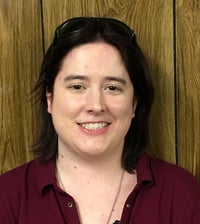
Article by Blaise Ramsay
Blaise started her journey in writing at the age of fifteen with her first unfinished urban fantasy novel based on a popular video game series known as .Hack. From there she moved her journey into designing characters and doing concept art for various paying clients. In her older career, Blaise moved into working for the Indie Gaming industry where she did concept art for the company HollowRobot and their debut game, Johnny Reboot and various other clients. Sadly, the game didn’t go anywhere and Blaise found herself losing interest in what she had done for fifteen years. In 2017, Blaise embarked on her first ever NaNoWriMo challenge where she finished the Paranormal Shifter Romance, Blessing of Luna which she indie published. It has then produced a second installation into the Wolfgods series titled Bane of Tenebris. Both have recently been picked up by BlackRose Writing. After falling in love with the Dresden files by Jim Butcher and later Saints & Shadows by Christopher Golden, Blaise found a new love for Urban Fantasy. Reading the beloved Vampire Files by PN Elrod prompted Blaise to initiate her next phase and begin producing paranormal detective and noir novels. Now she combines the two and loves every minute of it. She currently lives in the hometown of Bonnie & Clyde with her husband, two adorable kids, two cats and a dog. Find her at Instagram.
